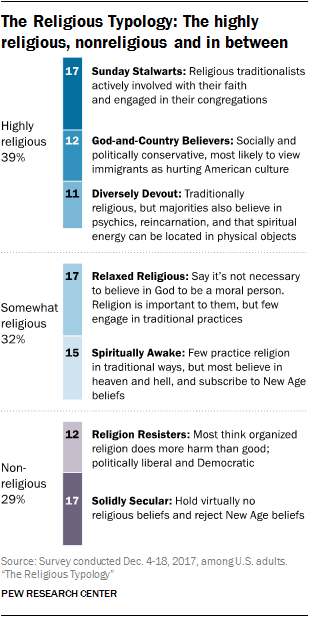No. 84
Note: You can do a Google search for "A Family History Mission James Tanner" to see all the previous posts in this ongoing series. You can also search for "James Tanner genealogy" and find them or click back through all the posts.
The temperature began to drop here in Annapolis, Maryland. When we arrived in December 2017, the trees were bare and it was cold and snowy. We have watched the Winter end and the arrival of the new leaves and flowers. We have made it through the heat and high humidity of the Summer and are now seeing the first signs of leaves turning colors. We are used to the traffic and have become experts in using a combination of cars, buses, and trains to get to about anyplace we need to go. We have solved the challenges of stores, doctors, car repair, haircuts, and many others. We have gone through the transitions at the Maryland State Archives of missionaries coming and going. We have walked in the rain, snow, sleet, hail, wind, heat, and everything in between.
Even with all this, the Archives and the rest of living in Annapolis can still throw some challenges our way. This week the lights in our apartment complex went out after there was a loud bang. I guess I should be used to power outages, but I was surprised that we had one here in Maryland. I thought this was a developed part of the country. Anyway, the lights were back on in a couple of hours and we were back in civilization.
We said goodbye to one of the missionary couples and are looking forward to their replacements arriving within the next few days. We get some interesting questions from the missionaries who are trying to find out about what to expect. Apparently, some of the things they tell them and of course, told us, in the Missionary Training Center are not appropriate to Maryland, but we are interested to know why some of the missionaries would have those strange issues to deal with.
To review a little, we have four pairs of missionaries operating cameras at the Maryland State Archives. We also had one pair of missionaries assigned to doing preparation work, i.e. working with documents like those in the photo above. The missionaries that just left to go home were in charge of the preparation work so we have been making adjustments to reorganize our workflow so the preparation area gets the attention required by the Archives and necessary for doing the work.
We work about eight hours a day, five days a week and we are usually too tired to move by the time Friday rolls around. We have Saturdays to plan activities and have taken advantage of the museums and other attractions in the Washington, D.C. area. We have focused on helping members find their ancestors so they have names to take to the temples and this has been a highlight of our mission. We decided to attend the Spa Creek Branch (Spanish) and that has been a major part of our missionary experience. We really enjoy working with the members. I do feel sorry for the Senior Missionaries who do not take the time to become involved in doing their own family history and also do not take time to help the members.
Outside of the missionaries assigned to the Maryland State Archives, we have almost no contact with any of the other Senior Missionaries in the Washington, D.C. North Mission. We have had a couple of Mission Senior Activities, but that about sums up our contact. We have also had little contact with the young missionaries. We have been asked to do missionary apartment inspections and that will continue about monthly. The only young missionaries we see at all regularly are those assigned to the Branch we attend on Sunday.
We have to do all the things we would normally have to do to live. That is the bottom line of being a Senior Missionary. As you can tell from this post and all the preceding ones, we will not be coming back with a pile of photos of people smiling and waiting for baptism or smiling with investigators. Our experience has been challenging and interesting. We have had some amazing experiences. We will be leaving our mission right before Thanksgiving.













































